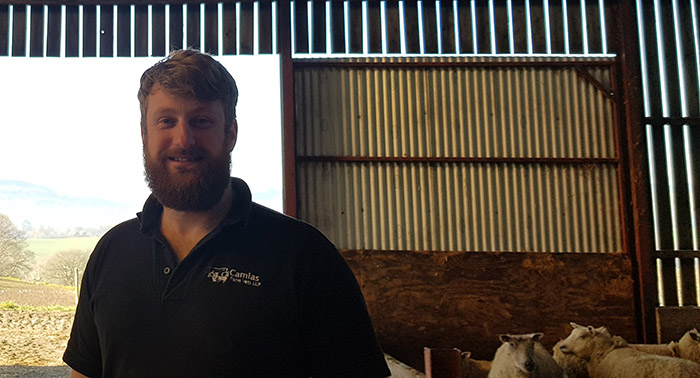With widespread resistance to wormers now being detected on many sheep farms across the UK, producers are being warned against blanket worming all ewes at lambing time.
Iolo White, veterinary partner at Camlas Farm Vets LLP said while late pregnancy and early lactation can present a higher-risk period for ewes, blanket treatment may not be needed, and faecal egg counts (FEC) should be used to assess the level of risk before worming.
“Historically, the advice has been to treat all ewes during the lambing period due to a drop in immunity which can increase the number of eggs shed and level of pasture contamination,” said Mr White.
“However, not all ewes shed high amounts of eggs during this period, with factors such as body condition score, nutrition, foetal numbers and the level of physical stress, all having an impact.”
With anthelmintic resistance presenting a real threat to the sustainability of lamb production, he said a measured approach to worming is a must.
He added: “It’s particularly important to keep an eye on yearling ewes, ewe lambs and bought-in animals, as their immunity to worms may be lower than a healthy home-bred ewe.
“FEC’s should be carried out every 10 to 14 days during high risk periods, starting three to four weeks pre-lambing or if production and health problems arise, so producers can make accurate worming decisions.”
He said FEC’s are a very useful tool when used alongside vet advice and resistance profiles and help for specific farms determine worming protocols.
Dependent on ewe condition, worming may be necessary between 200 and 400 eggs per gram of faeces. For ewes in good condition with FEC’s within that threshold, it may be worth waiting and testing again in 10 days before treating. However, if several ewes are looking dirty with a low body condition score, treat those specific ewes and then re-test.”
Mr White said use of the latest technology makes FEC testing quicker and easier, with virtually instant results now possible.


